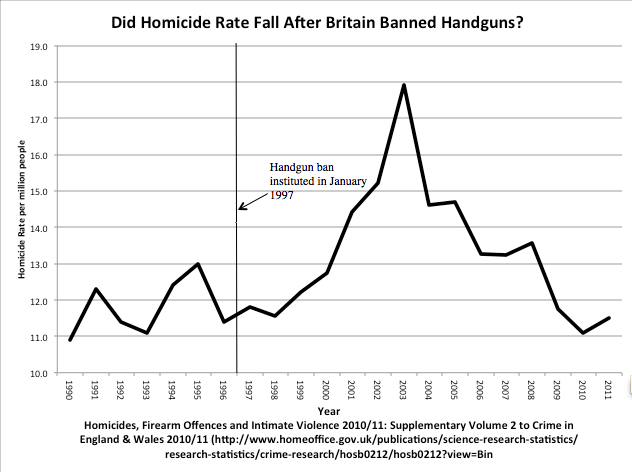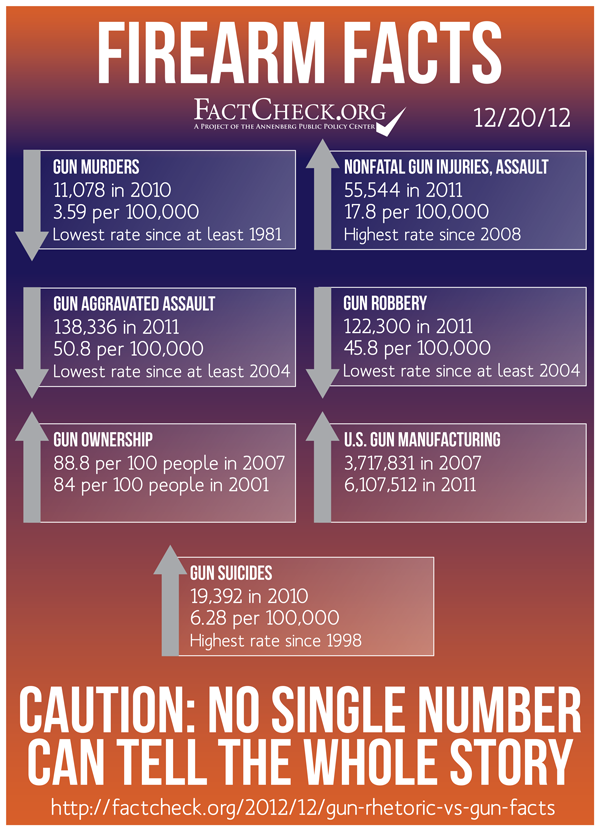Tommy Tainant
Diamond Member
Fuck me you bought it. We have fuck all to learn about law and order from gun nuts like you.And again I tell you that our gun laws are a part of our culture that makes us safer than you.Derick Bird was the exception. His case was the only one under current legislation. If only the US could say the same eh ?You need a license. This weeds out the nutters who seem to carry out many of your murders.
However I understand that Pres trump has tightened up on nutters owning guns so maybe that might reduce the body count.
Except for the Cumbria shooter in 2010...right....? He held a legal certificate for both a shotgun and rifle.......and tell us which gun law in Britain kept him from going to a school and killing kids......He killed 20 people....in gun controlled Britain...
He could easily have gone to a grammar school and killed kids...he chose not to......
Which of Britain's gun laws stopped him?
Cumbria shootings - Wikipedia
The Cumbria shootings was a killing spree that occurred on 2 June 2010 when a lone gunman, Derrick Bird, killed 12 people and injured 11 others before killing himself in Cumbria, England. Along with the 1987 Hungerford massacre, the 1989 Monkseaton shootings, and the 1996 Dunblane school massacre, it is one of the worst criminal acts involving firearms in British histor
----------
Bird had held a shotgun certificate since 1974 and had renewed it several times, most recently in 2005, and had held a firearms certificate for a rifle from 2007 onward.[30][31]
No....you don't get to do that....he was a licensed gun owner.....more than likely stored his gun safely.....now tell us....which British gun control law kept him from walking into a school and murdering kids...instead of the 12 people he actually murdered?
You haven't had more school shootings because of the culture, or nature of British citizens....not because of your gun control laws.....but as I keep showing you...your gun crime rate is going up.....after decades of your ban....
Its laughable that you consider yourself qualified to lecture us on our gun laws.
Please help me here. How can we bring "down" our fatalities to US levels ?
Allowing normal, law abiding citizens to own and carry guns......long prison sentences for criminals caught carrying guns....
Hiring more police.....you are short police...and that is going to catch up with you......
We had a spike in crime going into the 1960s.......that lasted till the mid 1990s.....when we changed our laws and allowed people to carry guns....our gun murder rate went down 49%...our gun crime rate went down 75%...our violent crime rate went down 72%....
You are entering a period much like our 1960s.....your crime rates are going up...you have young males raised by single mothers...and on top of that, you have imported foreigners from countries that do not share your British culture......it is leading to more violence.....





 this conversation is useless.
this conversation is useless.